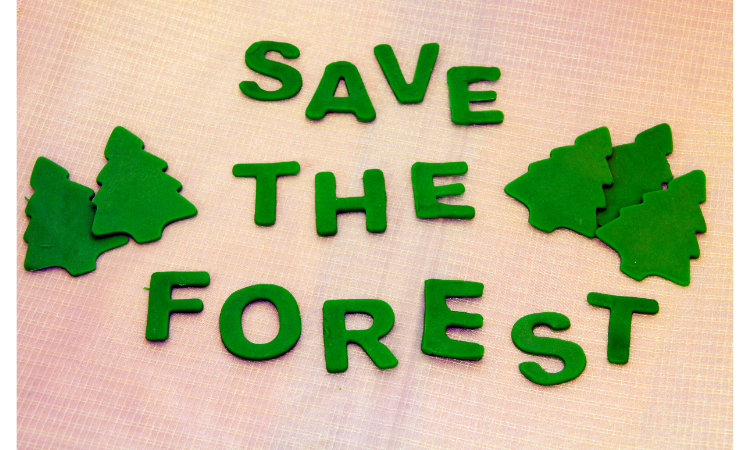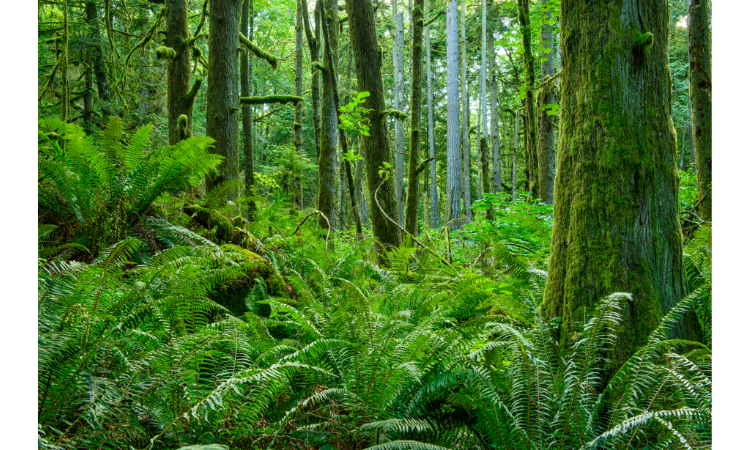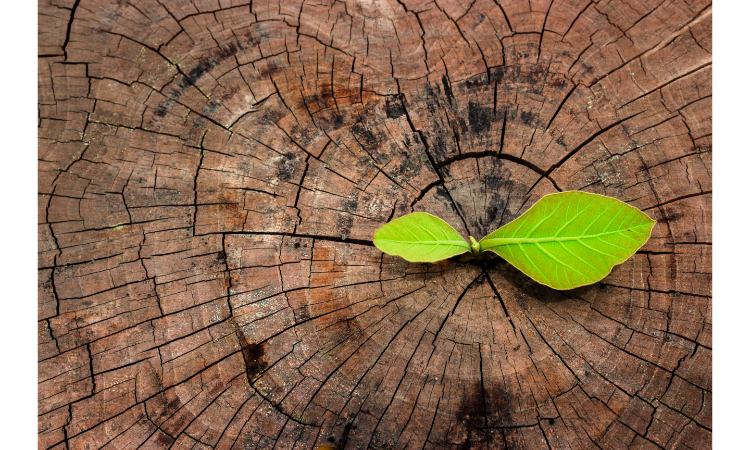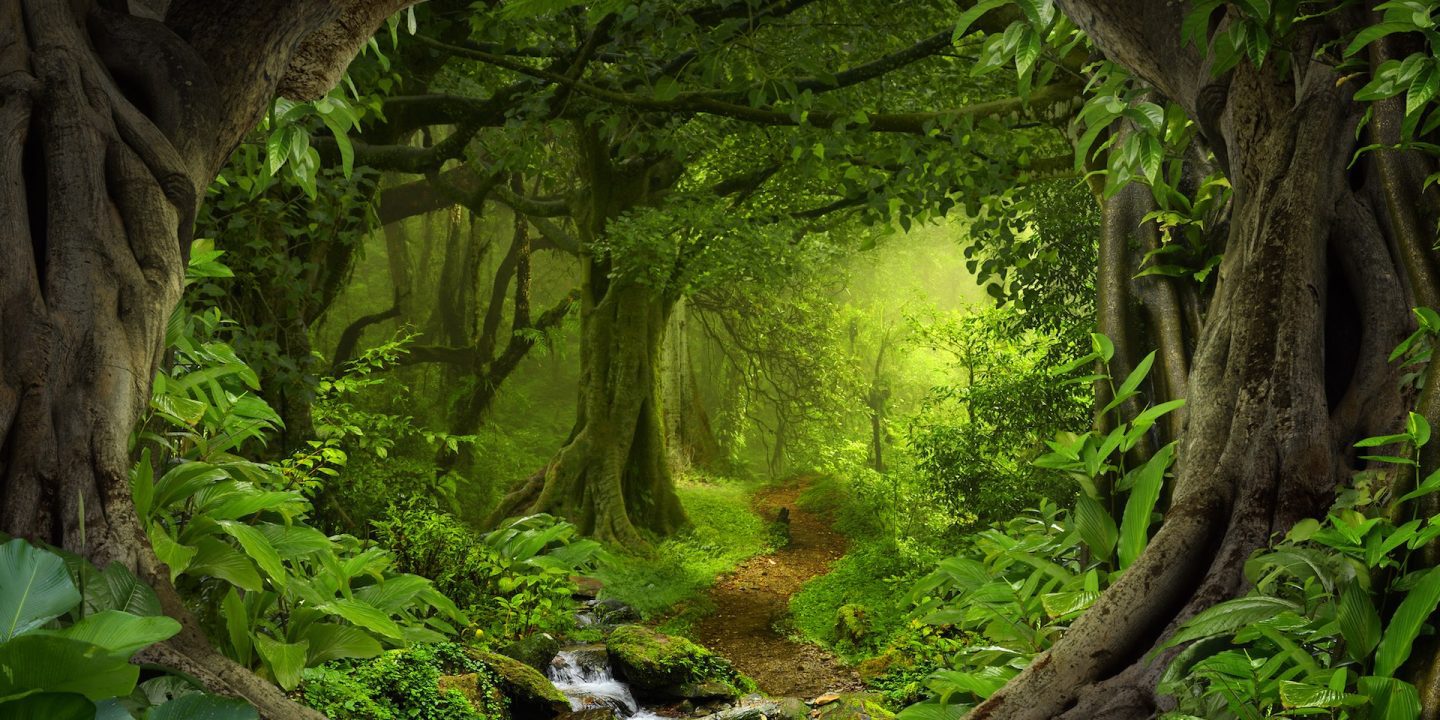Our planet’s forests are a vital resource, playing a crucial role in preserving biodiversity, mitigating climate change, and providing numerous other benefits. Saving forests for future generations is not only a moral obligation but also an ecological necessity. This article will discuss the importance of preserving natural habitats, the benefits of old growth forests, and the actions we can take to protect these valuable ecosystems.
The Importance of Forests and Saving Trees

Forests are more than just beautiful landscapes; they are the lifeblood of our planet. Here are a few key reasons why it is important to conserve forest ecosystems:
- Biodiversity: Forests are home to 80% of the world’s terrestrial biodiversity, providing essential habitats for countless plant and animal species.
- Climate Change Mitigation: Trees absorb carbon dioxide, making forests crucial allies in our fight against climate change.
- Water Cycle Regulation: Forests help regulate the water cycle, maintaining the quality and quantity of freshwater resources.
- Erosion Control: Forests prevent soil erosion, protecting fertile lands and reducing the risk of natural disasters.
Given these essential functions, the importance of forest and saving trees cannot be overstated.
Old Growth Forests: Why Are They Important?

Old growth forests are characterized by a mix of young and old trees, standing dead trees, and decaying logs on the forest floor. These forests are critical to the overall health of our ecosystems. Some key benefits of old growth forests include:
- High Biodiversity: Old growth forests support a diverse array of species, many of which cannot thrive in younger forests.
- Carbon Storage: Old growth forests store more carbon than younger forests, helping to combat climate change.
- Resilience: These forests have adapted to disturbances over time, making them more resilient to threats like pests, disease, and climate change.
Understanding the difference between old growth forest and second growth forest can help us prioritize conservation efforts and better protect these vital ecosystems.
Conserving the Future: What Should Be Done to Save Forests?

As deforestation and forest degradation continue to threaten our planet’s natural habitats, we must take action to protect these vital ecosystems for future generations to come. Here are some key steps to help save forests:
- Support Sustainable Forestry: Encourage the responsible use of forest resources through sustainable forestry practices and certification programs.
- Establish Protected Areas: Create and expand protected areas to safeguard old growth forests and other critical habitats.
- Restore Degraded Forests: Implement reforestation and afforestation projects to restore degraded landscapes and promote natural regeneration.
- Combat Illegal Logging: Strengthen law enforcement efforts and promote international cooperation to combat illegal logging and associated trade.
By taking these steps, we can help ensure that our forests continue to thrive and provide valuable resources for generations to come.
The Role of Future Generations in Forest Conservation
As we strive to protect our planet’s forests, it’s essential to recognize the importance of future generations in driving conservation efforts. Young people today are more environmentally conscious than ever before, and their passion for protecting the planet will be crucial in determining the success of our conservation efforts. By fostering a sense of environmental stewardship in our children, we can help create a future in which our forests are valued and protected.
The Evergreen Effort: Saving Big Forests to Save the Planet

One initiative that embodies this commitment to forest conservation is the Evergreen Saving Big Forests campaign. The Evergreen Saving Big Forests campaign aims to protect and restore large, interconnected forest ecosystems around the world. This ambitious project recognizes the crucial role that forests play in maintaining the health of our planet and the well-being of future generations.
Facts About Old Growth Forests
As we work to protect and preserve our forests, it’s important to appreciate the unique characteristics of old growth forests. Here are some fascinating facts about old growth forests:
- Old growth forests can be thousands of years old, with some trees living for centuries.
- These forests have a unique, multilayered structure, with trees of varying ages and sizes coexisting in the same ecosystem.
- Old growth forests provide essential habitats for many rare and endangered species.
- Some old growth forests have remained relatively undisturbed by human activity, making them invaluable sources of scientific information about natural ecosystems.
By understanding and appreciating the unique attributes of old growth forests, we can better prioritize their conservation and ensure their survival for generations to come.
The Role of Hunters in Forest Conservation
While it may seem counterintuitive, hunters can play a significant role in supporting forest conservation efforts. In fact, how much conservation money comes from hunters is quite substantial. Hunters and anglers contribute billions of dollars each year to conservation programs through license fees, excise taxes, and donations to wildlife organizations. These funds are used to support habitat restoration, wildlife management, and public education efforts that benefit both game and non-game species.
Are Forests Increasing or Decreasing?
The state of the world’s forests is a complex and dynamic issue. While some regions have seen an increase in forest cover due to afforestation and reforestation efforts, others continue to experience rapid deforestation. According to the Food and Agriculture Organization of the United Nations, between 1990 and 2020, the world lost approximately 178 million hectares of forest—an area roughly the size of Libya. To protect our planet’s remaining forests, we must continue to advocate for sustainable forestry practices and invest in reforestation and conservation initiatives.
The Legacy We Leave: Saving Forests for Future Generations
In conclusion, the ethical imperative to preserve natural habitats is more urgent than ever before. By understanding the importance of forests, appreciating the unique qualities of old growth forests, and taking action to protect and restore these vital ecosystems, we can help ensure a healthy, thriving planet for future generations. It is our collective responsibility to be good stewards of the Earth, leaving a legacy of conservation and sustainability that will benefit generations to come. So let’s join together in saving forests for future generations and preserving our planet’s precious natural habitats.
